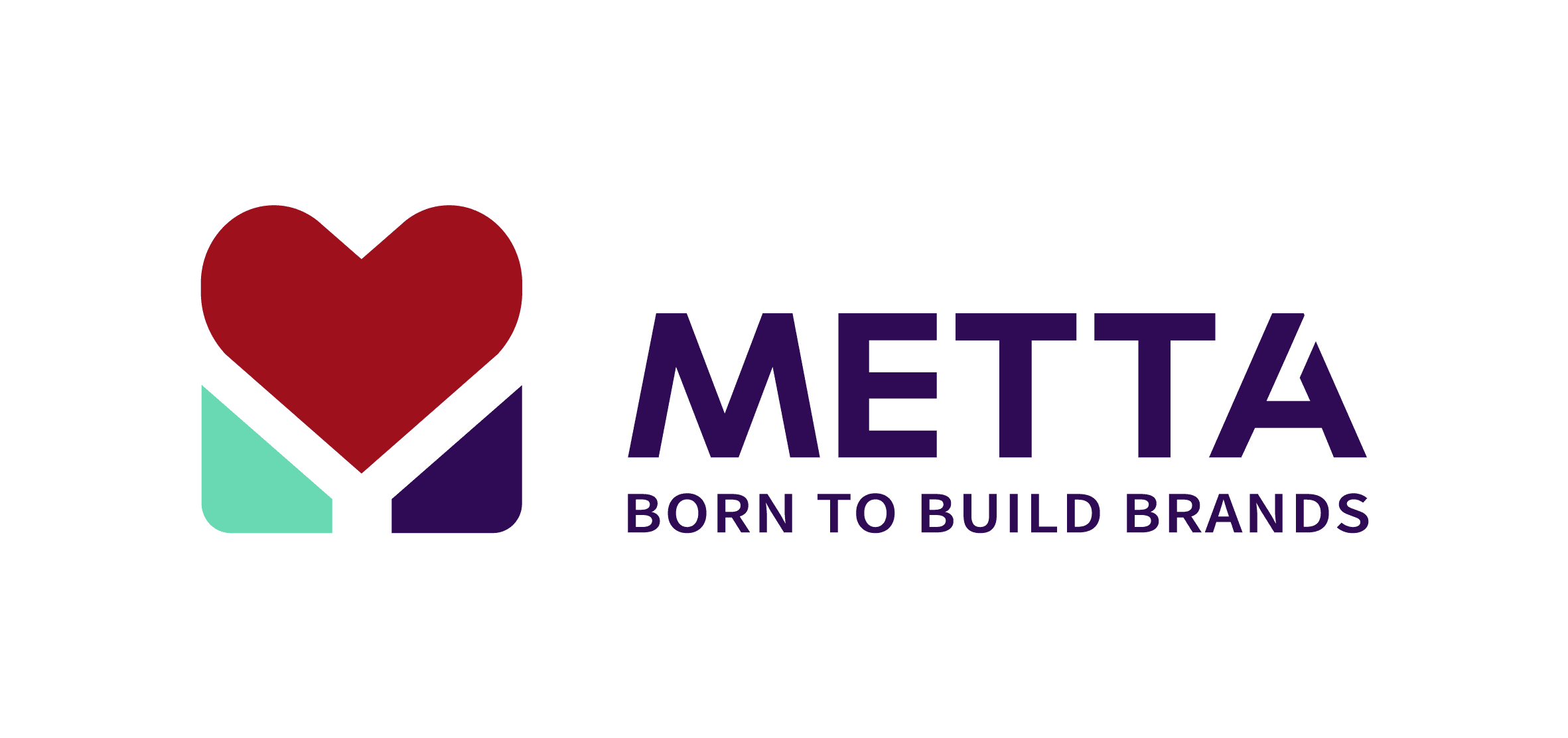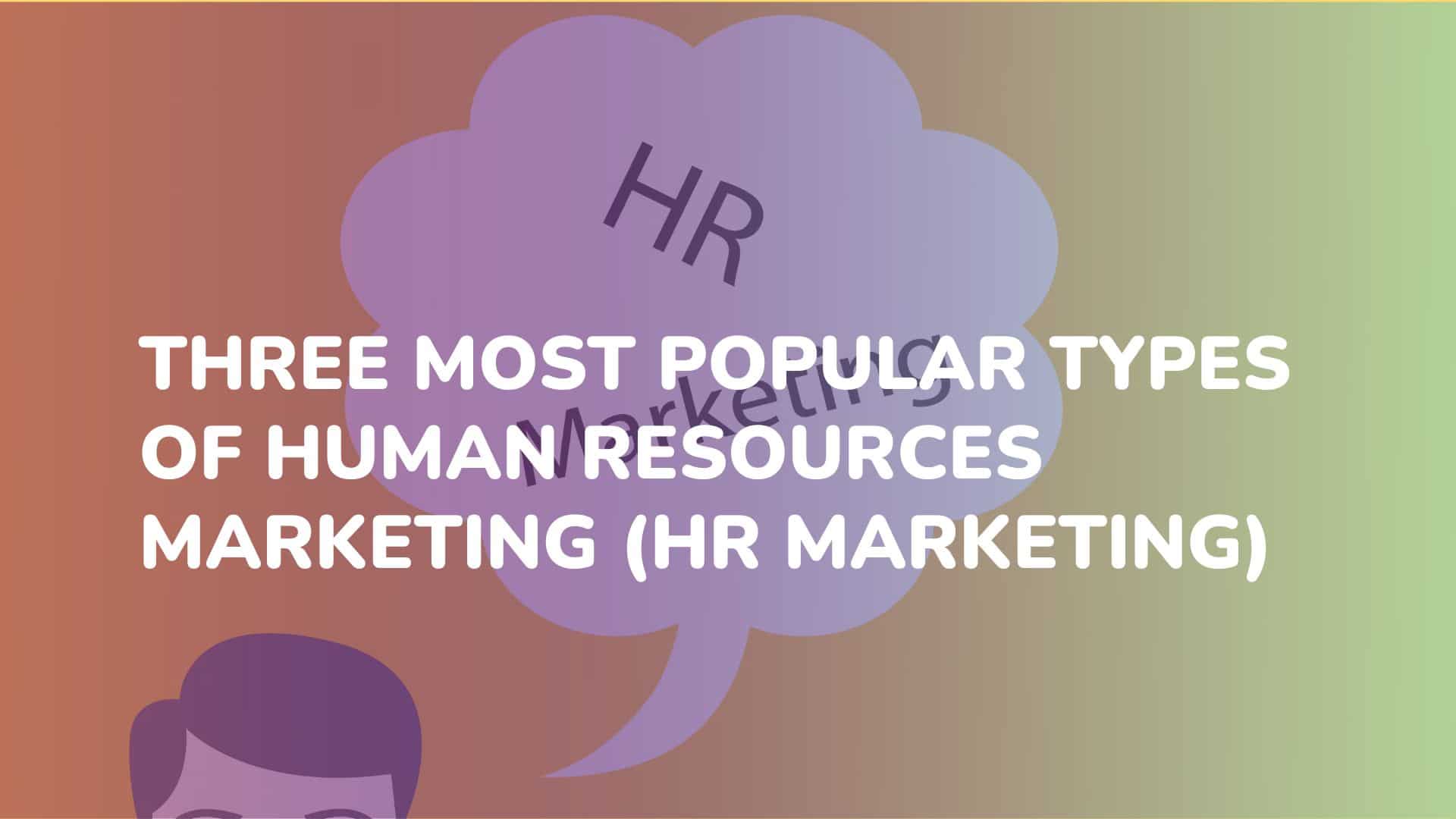Three most popular types of Human Resources Marketing (HR Marketing)
For a while, Human Resources Marketing (HR Marketing) focused primarily on job fairs and recruitment postings. However, HR Marketing has now become digitalized and undergone significant changes. In recent years, there have been three popular types of HR Marketing that many businesses are applying.
What is HR Marketing?
HR Marketing is a general term for all marketing activities aimed at the human resources and talents of organizations.
Recruitment marketing is perhaps the most common form. But besides that, there are two other forms of HR Marketing with different objectives. Fortunately, these three forms of HR Marketing can be easily integrated, as many strategies used in each form have similarities.
In general, these forms have developed through social media and digital marketing. Now let’s delve into the details of each popular HR Marketing type.
-
Recruitment Marketing
Today, recruitment marketing looks like a recruitment advertisement appearing on newsfeeds or linking to a job posting on news websites, blogs, and other subscribed or followed online platforms where banner ads are allowed.
However, in some industries, recruitment marketing can be an expensive form of advertising that no one can see anymore.
Characteristics of recruitment marketing:
- Temporary in nature.
- Aims to increase awareness of the mentioned job position and attract candidates to participate in the process.
- Mainly focuses on the recruiting company and meeting their needs with a suitable candidate.
The most typical content of any recruitment marketing campaign is the job posting.
“A job posting specifies, lists, describes, or instructs what a company is expecting to find and by what deadline.”
Furthermore, other content elements need to be added to recruitment marketing. Nowadays, with many industries and organizations facing a shortage of adaptable talent with new skills, recruiters often need to expand their recruitment marketing efforts.
At this point, typical and cost-effective media include enhancing marketing content alongside job advertisements. Suitable content forms may include blog posts, videos, podcasts, slidedecks, ebooks, infographics, and more.
This additional content should answer the most common questions that your candidates might have about the job, the team, and their career prospects with the company. Another important note is:
“Content used in recruitment campaigns doesn’t necessarily meet the branding standards of the recruiting company.”
The most common mistake is to assume that supplementary content supporting job postings becomes the brand of the recruiting company. However, this is not entirely accurate.
Due to the target audience and the temporary nature of recruitment marketing activities, this supplementary content may not align with the branding of the recruiting company.
A typical scenario might unfold like this: You’ve written a blog post about your team and how you work together. You plan to use it for recruiting a new member to your team. It would be a great addition to your job posting, but it targets a specific audience for that position rather than contributing to a broader recruiting brand strategy.
Therefore, such content might end up buried in your blog archives within about 14 to 20 days or whenever your campaign ends. Or sometimes it may feel like you’re building a brand for recruiting, but the targeting and shelf life of the posts make them recruitment marketing content.
Assuming you’re a web design company needing a regular web design team. However, there could be hundreds, if not thousands, of direct competitors trying to attract the same talented individuals. Why would these talents choose your company over others?
Recruitment branding provides the answer. And it’s not just about the skills your business needs to recruit today, but also the individuals who will accompany your business in the long run.
While recruitment marketing might be a quick-win game, building a recruitment brand is a long-term endeavor that requires persistence and a distinct positioning against competitors.
-
Employer Image-Based HR Marketing
Think of the employer image as a destination on the talent acquisition map. When skilled candidates have a positive perception of the employer brand, the business leaves an impression on their mental map.
However, this is just an impression and doesn’t mean your business is their number one choice. Therefore, we need to understand that the employer brand image is a “product” generated from specific experiences, including:
- Candidate experiences based on how the business treats its employees.
- What candidates hear from friends, family, and even social media connections that we may not be aware of.
- Candidate experiences when consuming news and other media.
- Experiences candidates may encounter while browsing discussion forums or scrolling through various online social media posts.
In other words, candidates may have various perceptions of your company. There will be positive, negative, and neutral perceptions.
What every recruiter needs to do is control the employer brand image. We shouldn’t allow the company’s image to be shaped by random opinions, experiences, interpretations, and random opinions.
The purpose of the employer brand image is to exist on the mental map of potential talents. This is crucial for all recruiting companies, and it’s particularly beneficial for companies with strong consumer brands.
In summary, a company or consumer brand can support the development of the talent the company needs in the coming years. If not, you’ll likely need to build an employer brand.
-
Employer Branding
Employer branding is a consistent effort to position the company as a specific, recognizable, and distinct employer choice within a defined scope.
It’s about choosing a field of action and ensuring the company stands out among similar brands in that scope.
Employer branding aims to target both the immediate and future needs for talent acquisition. There are some differences between employer branding and recruitment marketing:
- Recruitment marketing messages fit those talents actively seeking opportunities now, in the current company’s campaign.
- Employer branding is most effective when targeting potential talents for future needs.
Recruitment marketing is most effective in the digital age when it precisely targets talents that meet your selection criteria for a specific role at a specific time. The more specific a business is, the more successful it’s likely to be. However, it’s important to note that specificity may make the message less appealing to candidates with different profiles.
“In the digital age, employer branding has no end date.”
Clearly, marketing has significantly changed in the digital era, to the extent that traditional marketing and advertisements no longer elicit immediate responses from the audience. Hence, companies need to leverage digital technology to develop employer branding in order to achieve ultimate goals:
- Differentiate oneself from competitors.
- Allow campaigns to persist (compared to recruitment campaigns) to attract attention, generate interest, and build relationships with the employer brand.
- Keep the company’s growth in the forefront of potential talents’ minds, as they consider new opportunities.
Today, with the help of social media and digital tools, businesses can execute strategies to achieve various objectives, including HR marketing. All three aforementioned types of HR marketing require a solid brand-building foundation. Metta is a team of experts that can assist businesses in achieving this by deeply understanding their concerns and providing specialized solutions. For detailed advice, you can contact Metta via email at phung.metta@metta.com.vn.
*Source: Modernemployerbrand.com
Metta Marketing
Top brand strategy consultant










